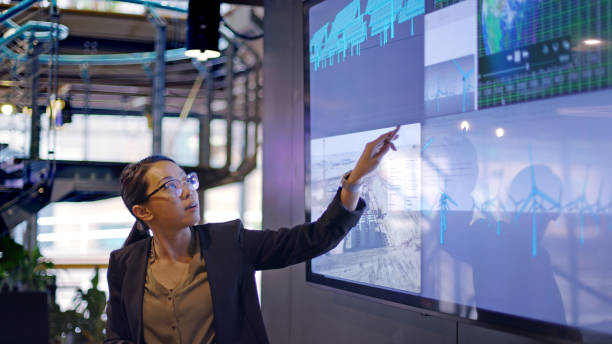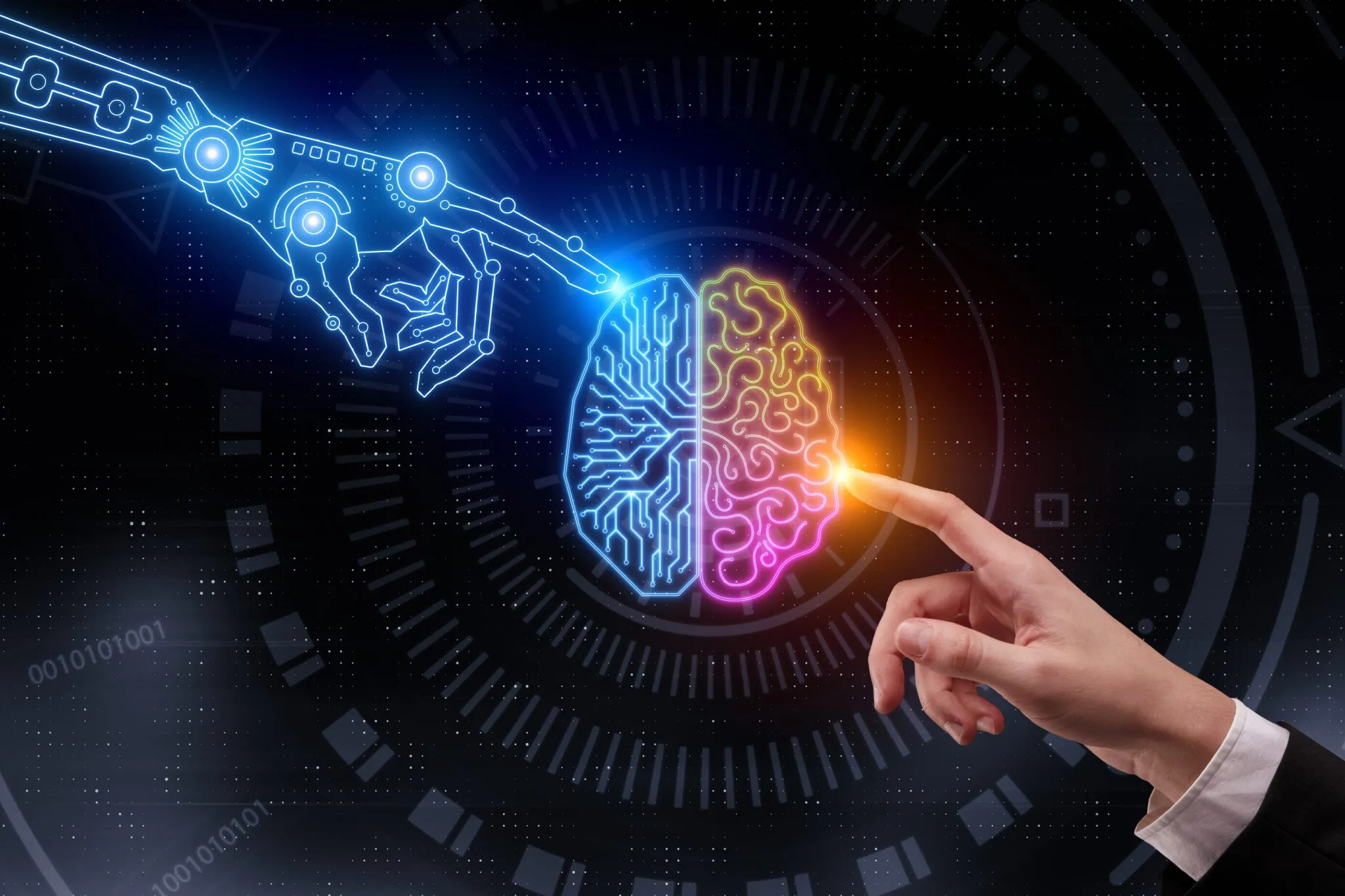Trends of information technology (IT) are in a rapidly evolving field that drives innovation, improves efficiency, and transforms how businesses and individuals interact with technology. The continuous advancement in IT is fueled by a combination of technological breakthroughs, changing consumer demands, and the need for greater operational efficiency.
Trends of information technology
AI and ML are at the forefront of trends of information technology, enabling systems to learn, adapt, and make decisions without explicit programming. These technologies are being used in diverse applications, including natural language processing such as chatbots, predictive analytics, autonomous vehicles, and fraud detection.
The adoption of AI in IT infrastructures allows businesses to automate processes, improve customer service, and derive insights from large datasets. Cloud computing continues to revolutionize IT by offering scalable, on-demand access to computing resources. Businesses are increasingly adopting hybrid and multi-cloud strategies to optimize costs, ensure business continuity, and support remote work.
Emerging cloud trends of information technology include serverless, edge computing, and the integration of AI for more enhancements. These developments allow organizations to deploy applications and store data more efficiently and securely. As IT systems become more sophisticated, so do the threats they face. Cybersecurity remains a critical focus for organizations worldwide.
Trends such as zero-trust architecture, AI-driven threat detection, and quantum encryption are reshaping the way businesses protect their assets. Additionally, regulatory frameworks like GDPR and CCPA compel organizations to prioritize data privacy and compliance, further influencing cybersecurity strategies.
IoT is extending the reach of IT into everyday devices, creating interconnected networks that enhance functionality and data collection. Smart homes, wearable devices, and industrial IoT are leading trends of information technology, while advancements in 5G technology are boosting these IoT capabilities, leveraged by businesses for real-time monitoring, predictive maintenance, and improved customer experiences.
5G networks are transforming IT by providing ultra-fast connectivity, reduced latency, and increased capacity. These capabilities enable innovations in IoT, augmented reality (AR), and virtual reality (VR), while supporting the proliferation of smart cities and autonomous systems. Research into 6G technology is already underway, promising even greater advancements in connectivity and data transmission.
The ability to analyze and act on large volumes of data is critical for competitive advantage. Trends of information technology in big data include the use of real-time and augmented analytics powered by AI, in addition to the adoption of data lakes. Companies are increasingly relying on these tools to extract actionable insights, optimize operations, and deliver personalized services.
Originally associated with cryptocurrencies, blockchain has found new applications across various industries. IT professionals are utilizing blockchain for secure transactions, supply chain transparency, and identity management. Its decentralized nature ensures tamper-proof records, making it a valuable asset in finance, healthcare, and logistics.
Low-code and no-code platforms are trends of information technology democratizing software development, enabling individuals without extensive programming knowledge to create applications. These platforms reduce development time and costs while allowing businesses to adapt quickly to changing needs. This trend aligns with the growing demand for digital transformation and agile IT practices.
Quantum computing is expected to disrupt IT by solving complex problems that are currently beyond the reach of traditional computers. Though still in its early stages, quantum computing holds promise for advancements in cryptography, material science, and optimization problems. Companies like IBM, Google, and Microsoft are making significant strides in this field.
Environmental concerns are influencing trends of information technology, with a growing emphasis on sustainable practices. Green IT focuses on reducing the carbon footprint of data centers, adopting energy-efficient hardware, and promoting circular economy principles. Cloud providers are also striving to achieve carbon neutrality, aligning with global sustainability goals.
Extended Reality (XR), which encompasses AR, VR, and mixed reality (MR), is gaining traction in gaming, training, healthcare, and retail. IT systems are being developed to support immersive experiences that blend both the physical and digital worlds. Innovations in hardware and software are driving the adoption of XR in both consumer and enterprise markets.
The COVID-19 pandemic accelerated the adoption of trends of information technology, especially remote and hybrid work models, prompting advancements in IT infrastructure to support them. Cloud-based collaboration tools, virtual meeting platforms, and enhanced cybersecurity measures are now standard components of IT ecosystems. The emphasis on flexibility and employee satisfaction ensures this trend will persist.
The landscape of information technology is characterized by rapid innovation and constant evolution. Trends such as AI, cloud computing, IoT, and blockchain are shaping the future, enabling businesses to achieve greater efficiency, security, and connectivity. Staying ahead in IT requires adaptability and a forward-looking approach, as new technologies continue to emerge and redefine the possibilities of the digital age.





